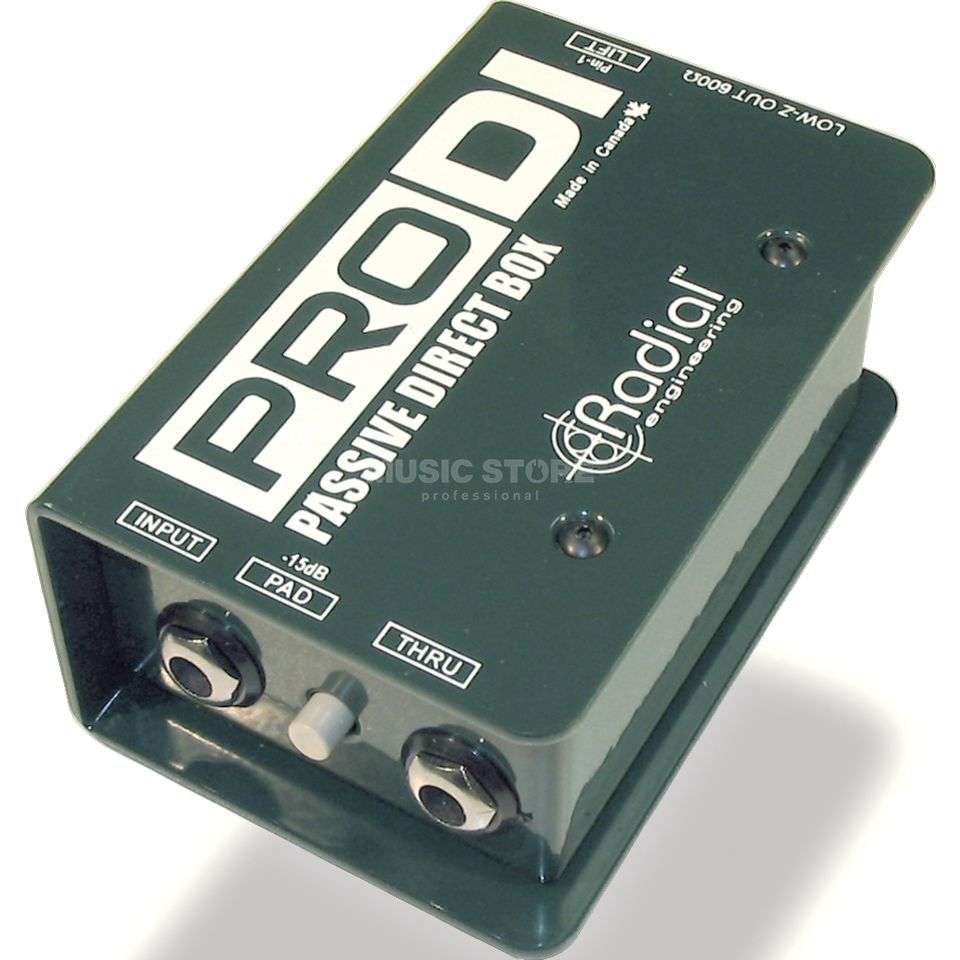
DI Boxes are something that you’ll most likely come across if you’re working in audio production.
DI is short fro Direct Input or Direct Inject, DI boxes can at certain times also be referred to as Direct Boxes.
The sole purpose of DI Boxes is that they convert the relatively weak, high impedance signal from instruments with magnetic pickups (which are stringed).
Instruments that capture and sense mechanical vibrations produced by musical instruments) to a low impedance, balanced mic-level input signal compatible with a mixing console.
To get the very best results while working with a DI, it’s important that you understand enough about what your input signal is and what you’re connecting to.
The Role of the DI Box Explained
Its a rookie mistake to assume that the cables from your basic guitar rig would be able to simply plugged into a mixing console and you’d be home and dry.
The fact is that, standard guitar or bass outputs have two wire conductor signal (one wire is your positive and the other is the ground) this is what you’ll commonly find with Tip Sleeve connectors or TS connectors.
While a line-level input on a mixing console is most commonly a balanced, three wire conductor signal (consisting of the positive, negative, and ground) that uses tip-ring-sleeve connector or TRS connector for short.
Most pick up instruments are incompatible with line level instruments and one reason for this that is worth mentioning here is that; pick instruments like guitars have high impedance which means that even though they may be supplied with a lot of electric power, they only let a small amount of current through.
This resistance to the flow of electric signals makes them incompatible with line-level inputs that have low impedance like those on a mixing console.
So if you directly hook your guitar into a low impedance Input on a console, what you’ll get is a very weak signal.
This is where the work of a DI Box comes in…..
The DI Box simply works as the bridge between the two worlds of high and low impedance.
It converts the instrument level signal into something the console can use easily which is a mic-level signal.
Furthermore, the direct box changes the source signal from unbalanced to balanced and allows for longer cable runs whilst avoiding noise to interfere with your audio signals.
The Passive and Active DI Box
There are basically two types of Direct boxes namely the passive and active.
A passive DI uses an inbuilt transformer and therefore doesn’t require a power source for it to be able to work.
All you have to do is plug the instrument into the input of the direct box and a mic cable into the output;
The mic cable will then connect to your mixer’s XLR mic preamp inputs.
On the other hand,
an active direct box, as its name suggests, has circuitry built into its internal system that requires a power source in order for it to be operational.
That power can be drawn from an internal battery or from a phantom power source which is typically 48V which can be provided by the mixing console that is delivered over the same XLR mic cable used to connect the DI to the mic input.
Which type of direct box you choose is a matter of personal preference.
But with audio signal chains anything that is included as you’d expect, will have some sort of sort of impact on the overall resulting sound that is produced.
The Workings of Passive DI Boxes
A passive DI Box or DI unit consists of a transformer which is used as the balancing unit. This essentially means that the transformer is able to convert between a balanced and an unbalanced signal.
The term passive means that the DI Box doesn’t require a power source to make it operational. This feature makes these DI Boxes less expensive but it also makes them limited.
Passive DI Box cannot provide preamplifier features that would enable the user to boost the gain.
The less expensive passive DI boxes are more susceptible to hum, and they tend to be less versatile as compared to active ones;
however, passive DI boxes offer advantages like they require no batteries, are simpler to use, and the better units are extremely reliable when used as designed.
The lack of batteries in passive DIs means that you won’t have have to worry about batteries losing their power in the middle of a live show or recording session.
Some models have no settings or switches, while others can have a ground switch which is there to help you avoid avoid ground loop problems or hums)
A pad switch can also be on your passive DI Box to help you accommodate different source levels and attenuate too-strong signals and a passive filter/equalization switch for adding some saturation coloring or tone.
One thought on “How Do Passive DI Boxes Work?”
Comments are closed.